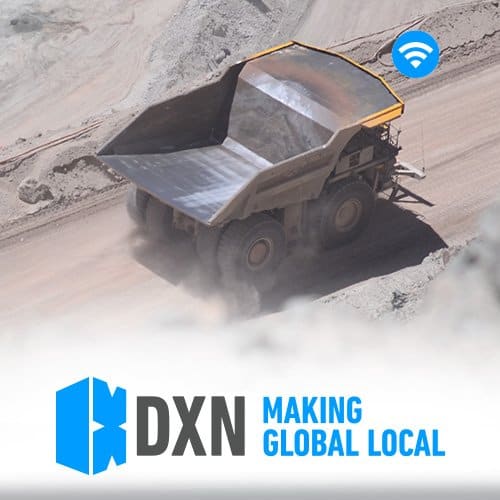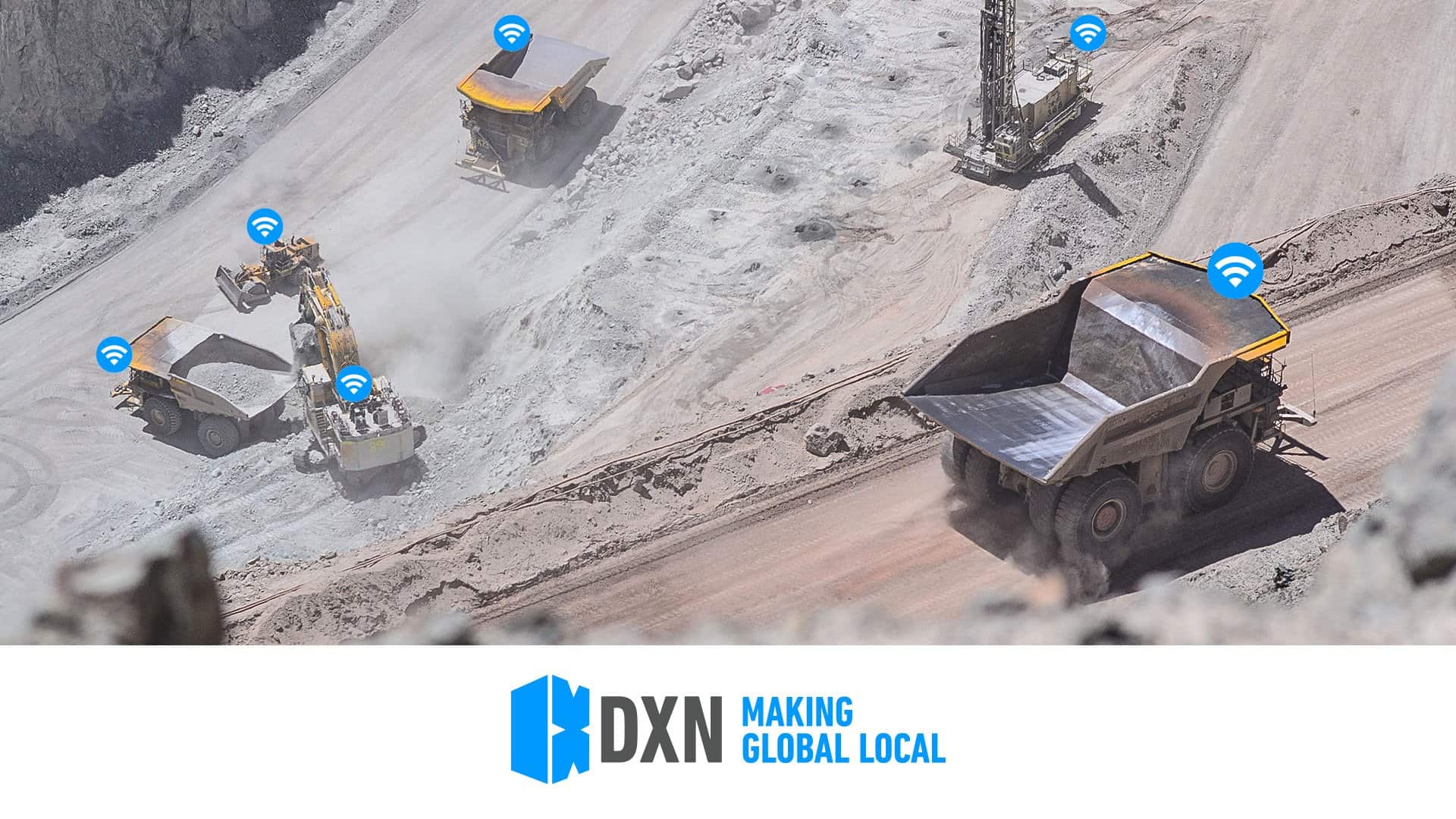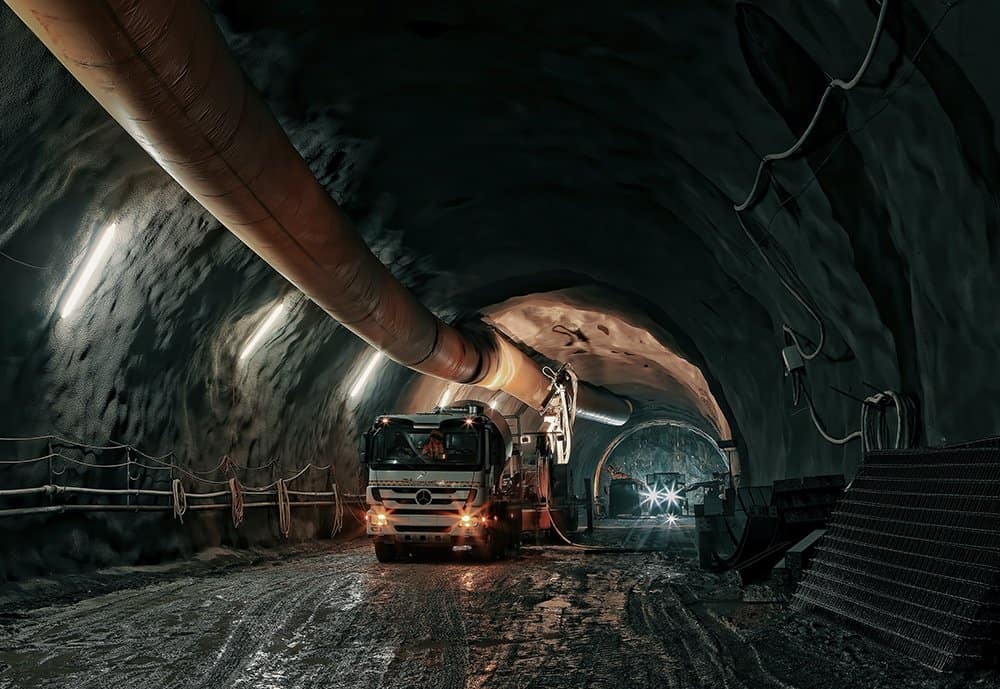

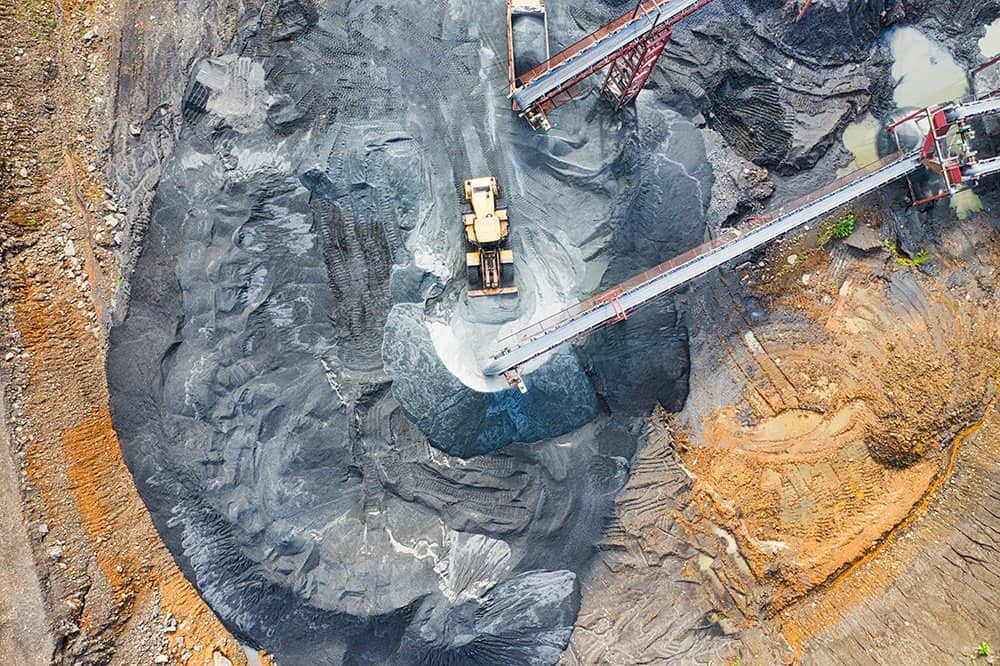
Edge data centres (DC) differ from traditional DC’s as they bring the processing power from the centre of the network to the edge of the network. Effectively, the Edge is concentrated at the ‘last mile’ of the network. By deploying small and decentralised servers, Edge DC’s bring the power as close as possible to the things and people producing and using the data or information.
Finding an infrastructure partner that is local, builds on site here in Western Australia, to Australian standards and climate conditions, and can build quickly to your exact requirements are just some of the issues facing mining companies across Western Australia
right now.
“One of the newest challenges for mining operations is managing the massive amounts of data produced across the value chain.”
Mining operations are often spread out geographically and because the value chain isn’t connected through data, only a small amount of information is being leveraged to reduce process variability and optimise operations.
Australia and New Zealand have a greater need to get the Edge right than most. Both nations have a highly dispersed geography with many of our primary and growth industries, such as mining and manufacturing, located in far-flung destinations where even basic connectivity can be poor or absent.
The rising demand for Edge computing in business operations is set to further drive the modular data centre market share now and for the foreseeable future, as businesses such as mines are increasingly dependent on IT infrastructure that is cost-effective and close to the network source to provide better data transmission speed, accuracy, and security.
Prefabricated facilities offer significant value to mining organisations such as ease in deployment, unique design and architecture, and portability. These modular data centres are being installed at remote locations to address latency and bandwidth issues by linking to regional data centres whenever needed thereby improving the user experience. Tech trends in the mining industry that are driving this move to the Edge include digitisation, data analytics, AI and automation.
TECH TRENDS DRIVING MININGS MOVE TO THE EDGE

Automation
Whether its autonomous vehicles, smart robots or drones, most miners are already onboard with automation. Driverless vehicles are becoming increasingly common at mine sites as companies look to improve safety, by removing human drivers from vehicles. BHP has invested significantly in the technology, with its Jimblebar hub in Western Australia exclusively using automated vehicles from November 2017, a move which the company claims has improved operational efficiency by 20%.
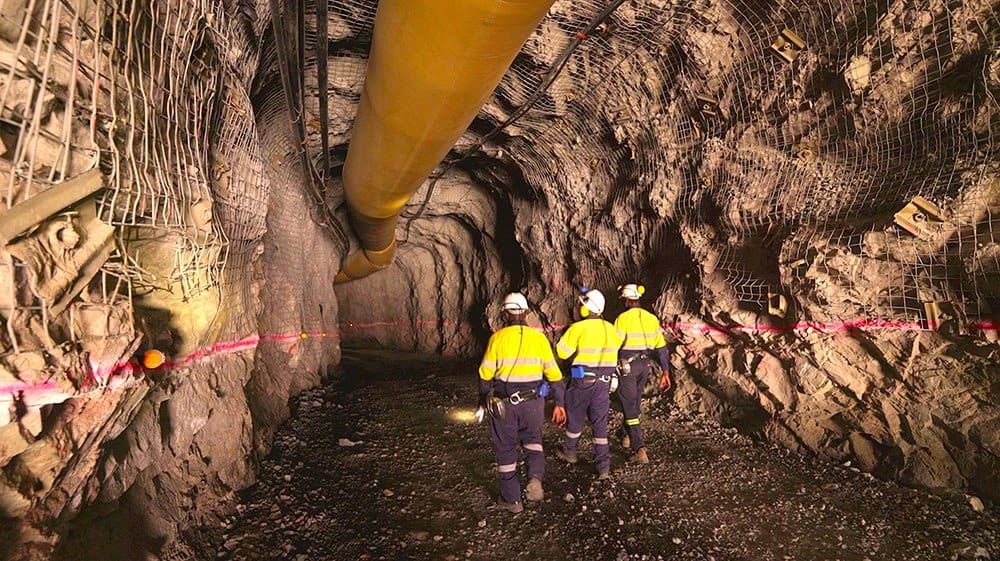
Digitisation and Risk Management
According to McKinsey, by unlocking the value of dormant data, the mining industry could generate an economic impact of $100 billion per year in maintenance alone. Miners have recognised that there is a tremendous opportunity to increase operational efficiency, reduce costs, and improve safety with Big Data if their teams can access it, understand it, and apply it to real-world situations.
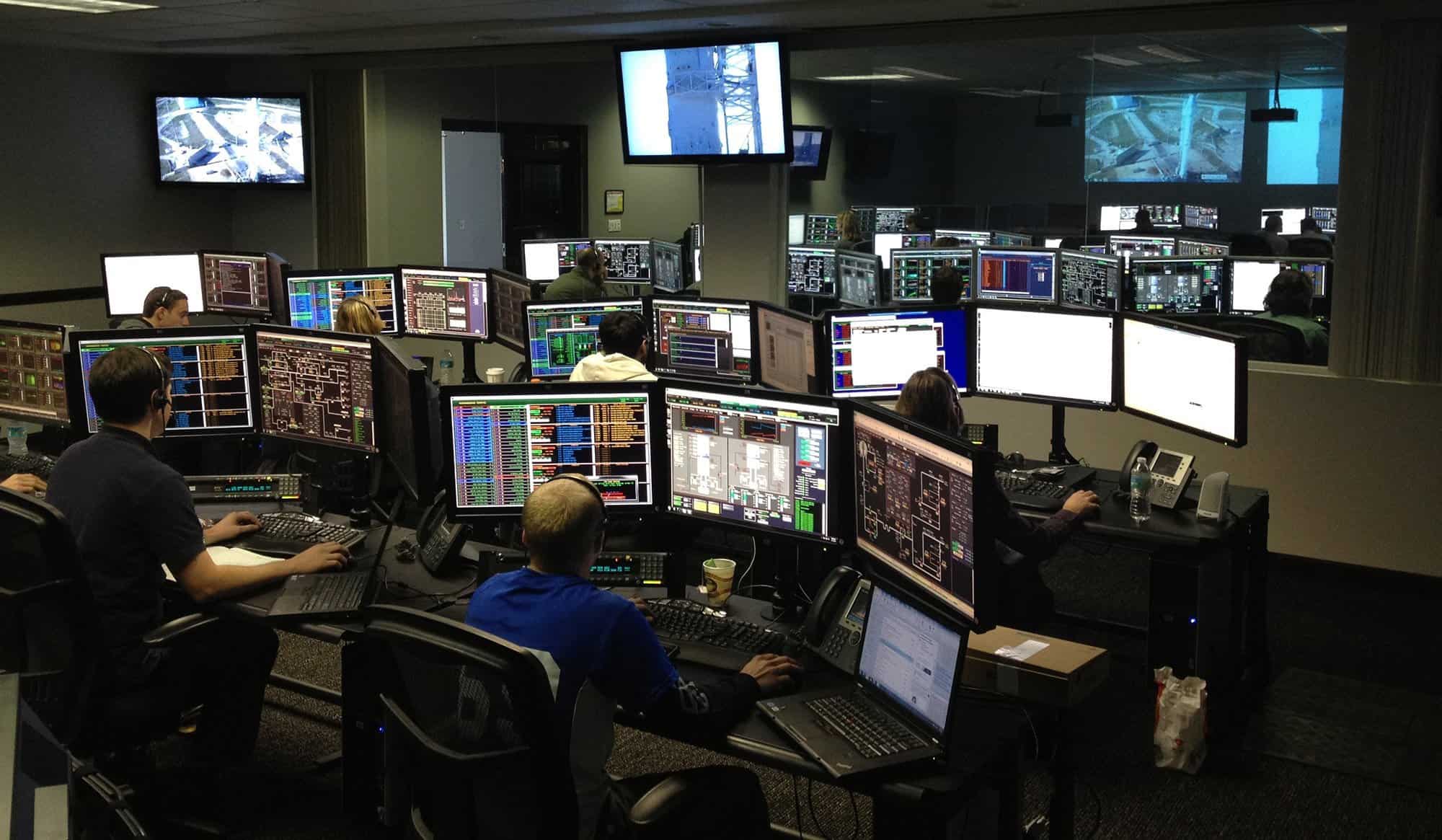
Artificial Intelligence (AI)
AI calls for vast quantities of resources to develop and train its models. With Edge computing, the data is able to move freely into the cloud. From there the data can be analysed and the AI models can be trained before then extending it back to the Edge.
Edge DC’s are used by many organisations in conjunction with cloud analytics and machine learning technology to make new and valuable business services possible.
One example is how mining companies manage their in-pit operations. Accenture’s Connected Mine solution has been extended with Edge computing at an industrial mining site where they use high-resolution video of drilling equipment to determine rock density.
The capability allows the drill to adjust angle and speed in real-time, and also support predictive maintenance of equipment. The bandwidth of the high-density video streams required can’t be transported back to the cloud with the required frames per second in a cost-effective manner for direct cloud processing.
This is where Edge computing has the upper hand to the cloud and could take AI to the next level. Any data required for an AI application is able to reside in close proximity to the device, therefore increasing the speed in which it is able to access and process the data.
Looking for Infrastructure Solutions at the Edge?
DXN limited have a range of custom-designed infrastructure to support your projects. Complete the form below and our Infrastructure and Colocation Specialist, Anthony Auld, will get in contact directly.


